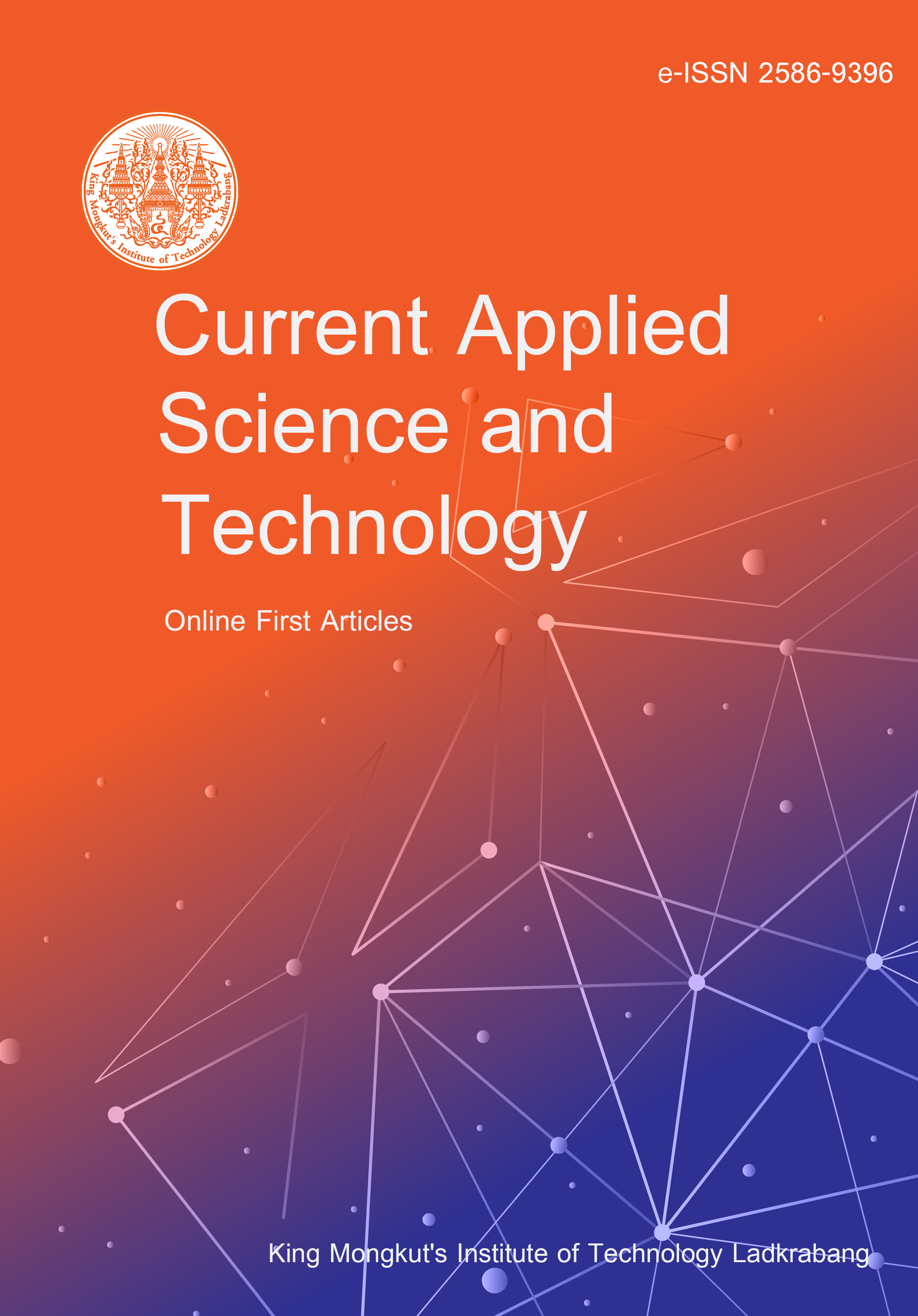Resistant starch (RS) is employed as a functional food component to prevent non-infectious diseases. Due to its generous amylose content, which ranges from 20.5% to 30.27%, arrowroot tuber is a potential source of RS. The RS content of tuber starch can be further enhanced through physical modifications, such as an autoclaving-cooling cycle to generate type III RS. This research aimed to determine the optimal autoclaving temperature and duration in order to produce arrowroot starch with the maximum RS content, as well as to characterize its properties. The arrowroot starch was autoclaved at temperatures of 105°C, 120°C, and 135°C for 20, 40, and 60 min, respectively. The autoclaving cooling modification was carried out over 5 cycles. Based on the findings, the arrowroot starch with the highest RS content (5.02%) was generated by autoclaving at 105°C for 40 min. This was higher than that of the native starch (1.24%). This modified starch with the highest RS comprised 10.49% moisture content, 86.75% starch content, 27.93% amylose content, and 58.82% amylopectin content. The modified starch had higher amylose content than native starch (25.43%). Additionally, it had a bulk density of 0.68 g/mL, 2.24 g/g swelling power, 1.82% solubility, 0.83 g/g water absorption, and 83.33 brightness value. The swelling power and the solubility of modified starch were lower than the native starch. Amylograph curves demonstrated that the autoclaving-cooling modification generated starch with a more stable pasting profile. These results show that the autoclaving-cooling method improved the amylose and RS content of the modified starch. However, the modified starch has a lower value of pasting properties. Lower values for these viscosity parameters may be desirable in a variety of food applications that require a less viscous, more stable, and less retrograded starch paste.
Halim, J. K. ., Aldama, S. G. ., Noviandari, A. F. ., Jusoh, T. F. I. C. K. ., Utami, N. P. undefined. ., Hidayah, N. ., & Fitriani, A. . (2025). Formation of Type III Resistant Starch and Alterations in Starch Characteristics and Pasting Behavior of Arrowroot Starch by Autoclaving-Cooling Treatment. CURRENT APPLIED SCIENCE AND TECHNOLOGY, e0267208. https://doi.org/10.55003/cast.2025.267208

